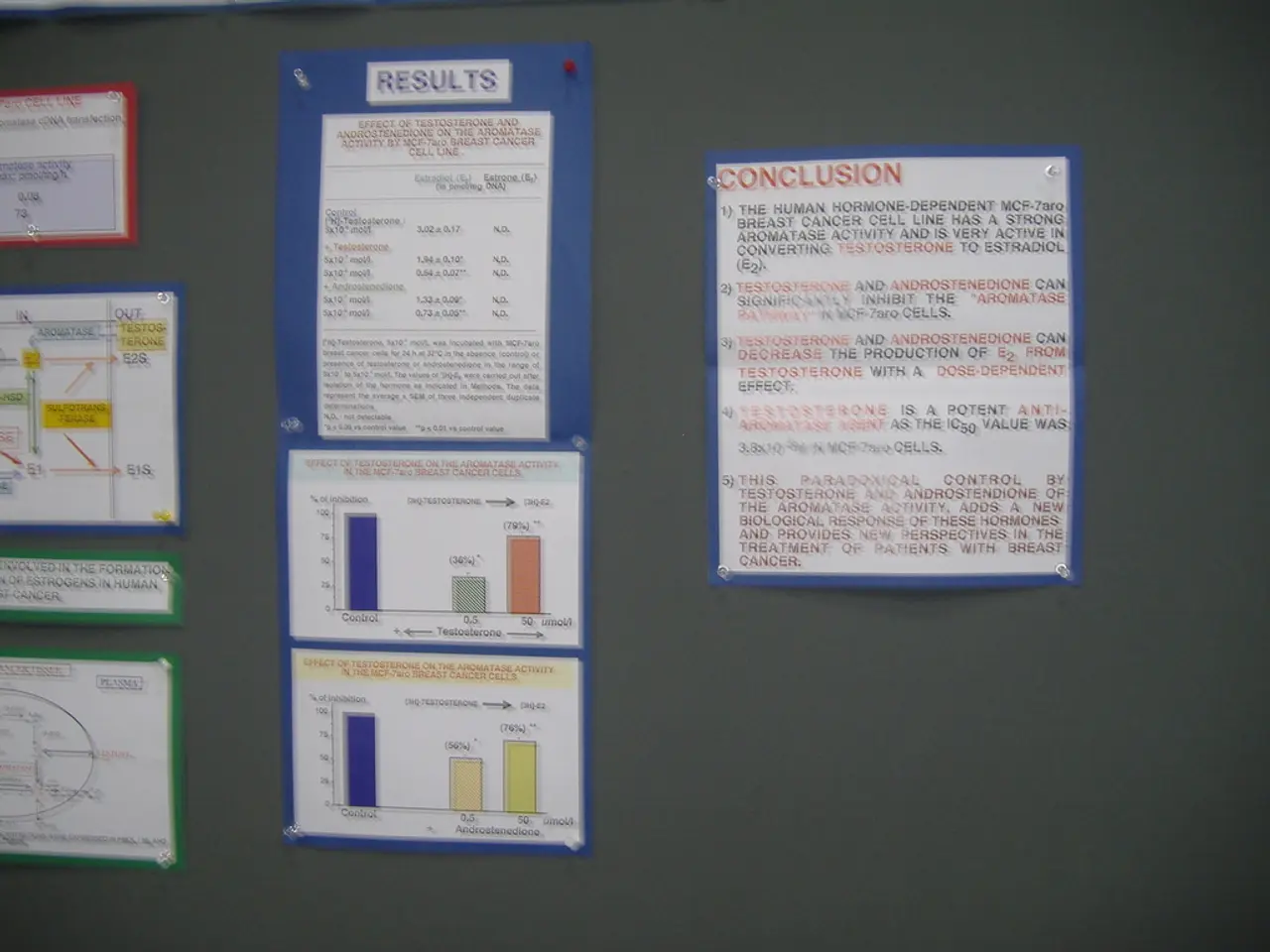Examples of 15 Financial Reports for Effectively Presenting Financial Data
In the business world, financial reports play a crucial role in providing a high-level view of a company's financial health. These reports offer valuable insights into a company's revenue, expenses, cash flow, assets, liabilities, and equity.
A well-prepared financial report should include several key components:
- Income Statement: This statement breaks down total sales revenue, operating expenses, and net income. It separates operating from non-operating income and highlights net profit or loss.
- Balance Sheet: This document summarizes a company's assets, liabilities, and shareholder equity at a given time. It provides a snapshot of the company's financial position.
- Cash Flow Statement: This statement tracks cash inflows and outflows from operations, investments, and financing. It offers an understanding of a company's liquidity and cash management.
- Financial Analysis: This section includes projections, such as projected income statements and expected cash flow statements, which help set financial targets and track performance.
- Accounting Policy Notes: These notes detail the company's accounting methods and reporting processes, ensuring transparency and audit readiness.
- Budget Financial Report: This report outlines a structured plan for a company's finances over a set period, mapping out expected revenue from sales, operations, and other sources, as well as planned expenses.
- Financial Ratios: Ratios like earnings per share (EPS) influence stock prices and investor confidence. Comparing budgeted vs actual statements helps spot opportunities and refine strategy.
To make financial reports more engaging and easier to understand, consider using data visualizations like charts, graphs, or infographics.
Best practices for creating financial reports include:
- Ensuring data accuracy: Implement validation checks, reconciliation formulas, and cross-validation within reports to catch errors before distribution.
- Maintaining consistent formats: Use custom cell styles, templates, and tools like Excel's Format Painter to enhance readability and professionalism.
- Developing reusable templates: Create a central template library for common financial reports to boost efficiency and standardize presentation.
- Documenting accounting methods and reporting processes: Clearly document these processes, including detailed listings of assets and inventory.
- Adhering to recognized accounting standards: Follow GAAP (Generally Accepted Accounting Principles) or relevant local standards to ensure consistent and comparable statements.
- Conducting regular audits and staff training: Maintain data quality, reduce manual errors, and foster a consistent, data-driven culture within the finance function.
- Using automation tools: Minimize manual data entry and reconciliation errors, speeding up report preparation and improving real-time visibility into financial status.
For specialized sectors such as nonprofits, timely, transparent, and comprehensive reports should be included to support accountability and informed board decisions.
Build reports tailored to stakeholders’ needs, typically incorporating core financial statements like the income statement, cash flow overview, and balance sheet, showing actual versus budget or forecast to drive decision-making.
Writing a financial report involves offering a company overview, forecasting sales and analyzing key finances, finding out the company's value, adding summaries of key financial statements, and finishing with a summary of the entire report.
Additionally, understanding components such as accounts receivable (which shows how efficiently a company collects payments) and accounts payable (which shows how well a company handles debts) can provide further insights into a company's financial health.
Financial reports are released quarterly or yearly and provide an insightful look at a company's financial trajectory. In some cases, tools like invoice financing can provide immediate working capital by advancing funds against outstanding invoices for businesses experiencing cash flow constraints due to slow-paying customers.
In summary, the best practices for creating financial reports blend accuracy, consistency, standardized processes, regulatory compliance, and automation, supported by clear documentation and customized reporting to maximize usefulness for decision makers.
- Data visualization can be a valuable tool in personal-finance management, as it simplifies the understanding of income, expenses, savings, and investments through the use of charts, graphs, or infographics.
- In the world of investing, business analysts often rely on financial reports to evaluate a company's financial health and growth prospects, considering key components such as the income statement, balance sheet, and cash flow statement.
- For individuals pursuing education-and-self-development in the field of business, understanding the creation and interpretation of financial reports is an essential skill, enabling a comprehensive analysis of a company's performance and potential investments.




